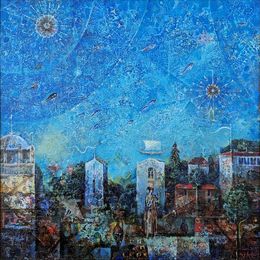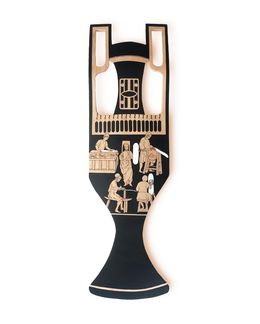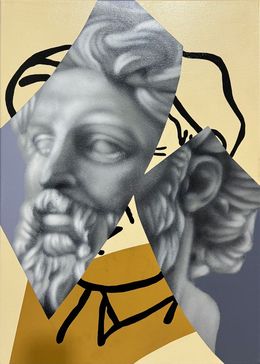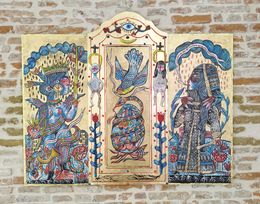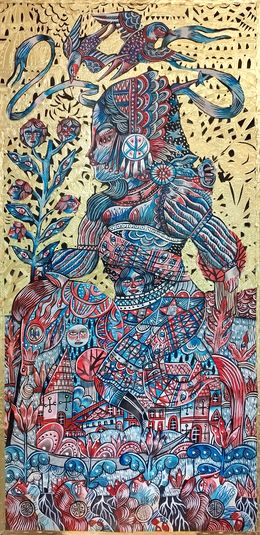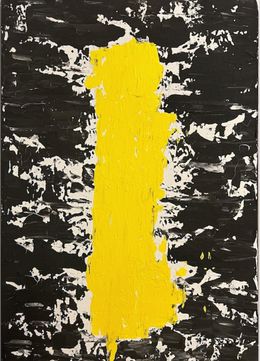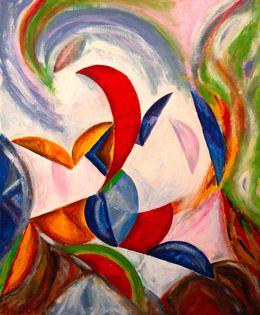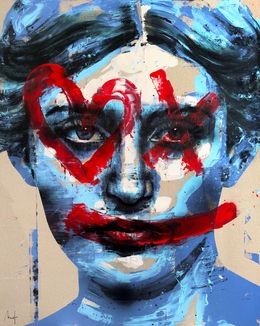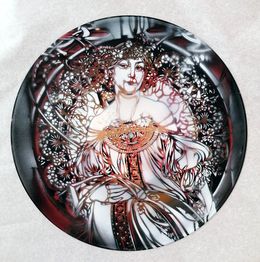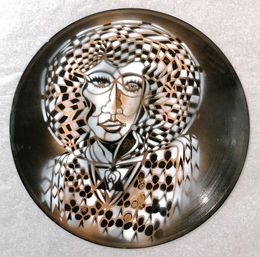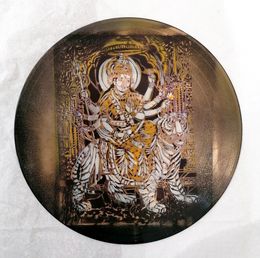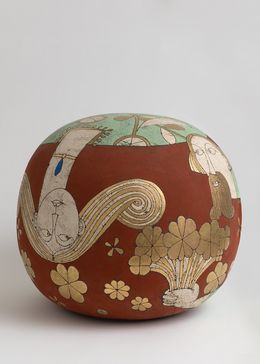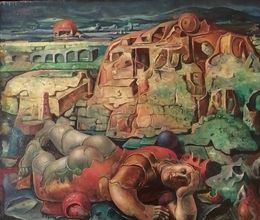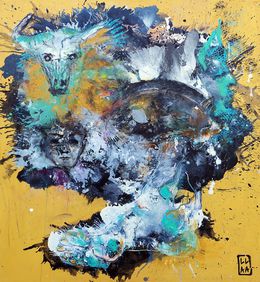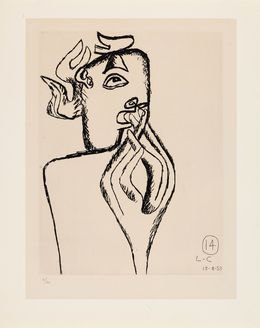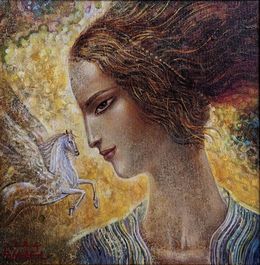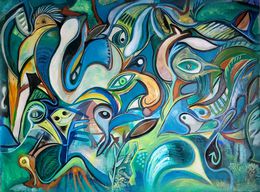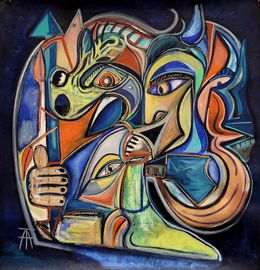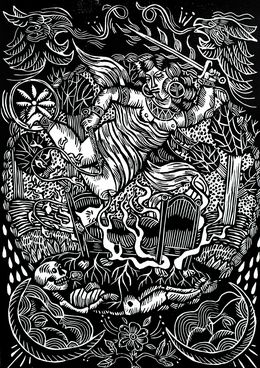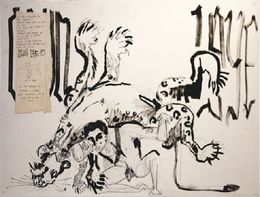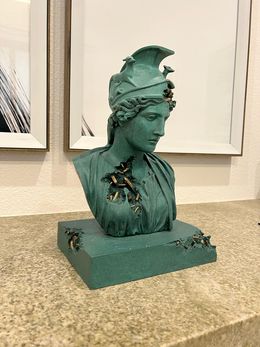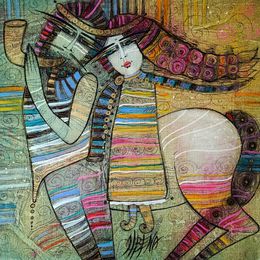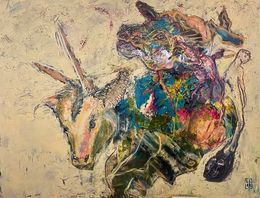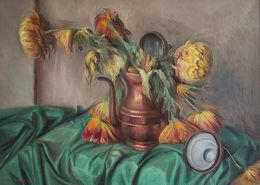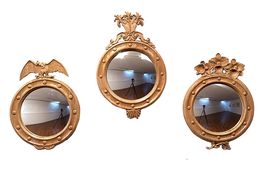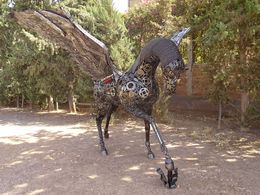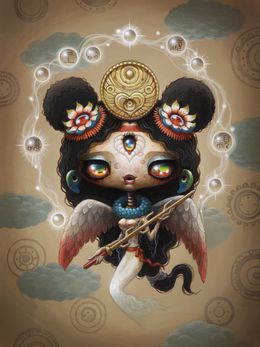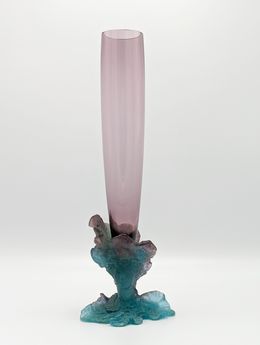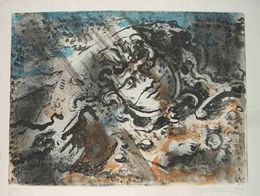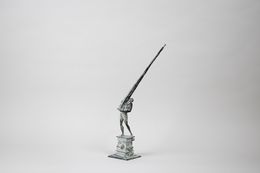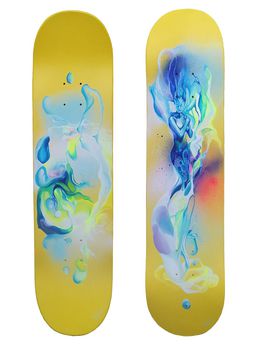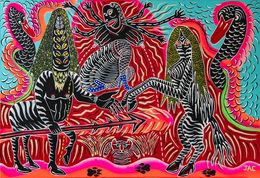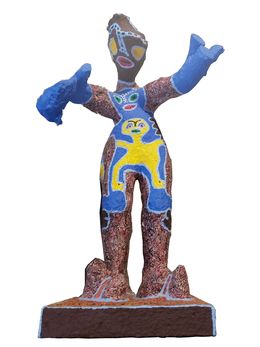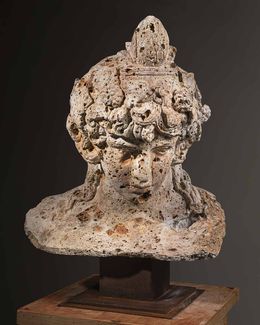
Mythology
There is no single mythology. There are, however, multiple, mysterious mythologies, which have been sources of fascination and terror across the centuries. Starting in Ancient Egypt and passing through Greece and Rome, we find ourselves in Scandinavia, the birthplace of Celtic myths. Art has always been linked to beliefs, and each of these belief systems and mythologies has their own aesthetic codes and cultural practices. The most popular version of mythology is undoubtedly the Greco-Roman variations, which have been retold and reconfigured time and time again throughout the ages. It has also served as a constant source of inspiration for artists, allowing them to reference common themes which facilitated the interpretation of their works. Nowadays, mythology can therefore be found in all possible artistic forms.
Apart from Antiquity, during which it was commonplace, Greco-Roman mythology first came to the fore during the 15th century. By definition, during the Renaissance it was well seen to imitate the classics by using their codes and allegories.One of the most famous example of this period is Botticelli's Venus and its virginal splendour. Venus, in fact, is one of the figures most appreciated by artists, inspiring among other things Ingres for his Grande Odalisque or Manet's Olympia. More recently, the Venus of Milo was revisited, notably by Hans Peter Feldmann and Jim Dine.
From the 16th to the 18th century, mythological paintings symbolized an ideal world for artists, nostalgic for the lost unity between man and nature. As an instrument of political propaganda, mythology was used for the glorification of monarchs and their court, syncretised in allegorical paintings. Finally, for aesthetes, mythological motifs catalysed a certain sensuality serving the ideal of pure beauty and mad passions sought by artists. Driven by the Gustave Moreau's symbolic reflections, mythology became a powerful philosophical vector at the end of the Belle Epoque.
During the 20th century, it was Klimt who was passionate about Greek aesthetics in his representation of the female figure. His representation of Danae and while Pallas Athena embodies the woman of power. Mirroring his own situation, he painted Sappho as a melancholic artist. Recently, great names such as Jeff Koons in his Gazing Balls or Banksy through his sculptures re-used the aesthetics of the Greek statue. The American artist Adam Reeder reclaims mythology from a perspective of social commentary, representing Greek gods and heroes interacting with Apple products. In photography, too, myth inspires. Kimiko Yoshida's "Paintings" series, for example, includes famous works such as Veronese's Venus, giving them a futuristic aspect. Finally, we see Louise Bourgeois' Maman invading cities around the world, a bittersweet re-reading of the myth of Arachne.
For our contemporaries, the codes of mythology are therefore more relevant than ever in the world of art. The legacy of the Ancients will not be forgotten any time soon, especially with the recent return of fantastic epic in literature and cinema.
Save your search and find it in your favorites
Save your search to find it quickly
Saved search
Your search is accessible from the favorites tab > My favorite searches
Unsaved search
A problem occurred

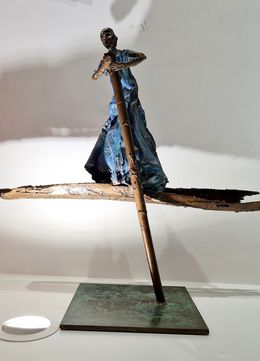
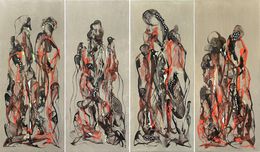
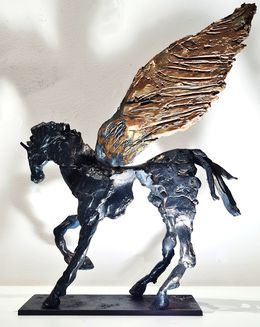
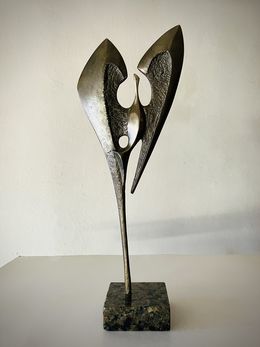
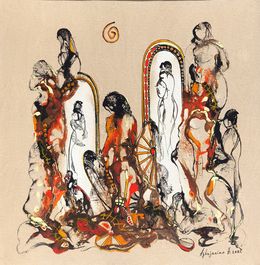
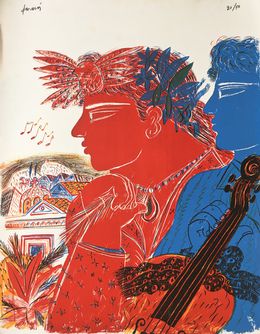



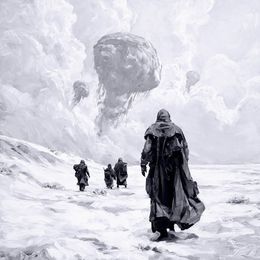
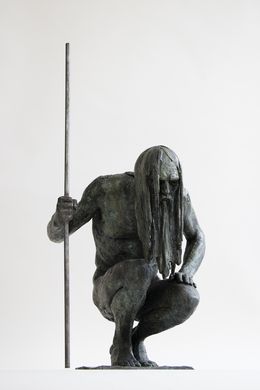

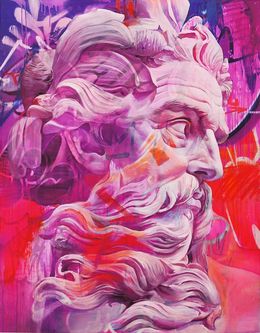
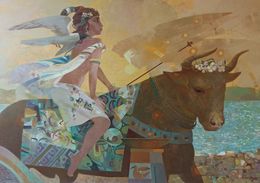

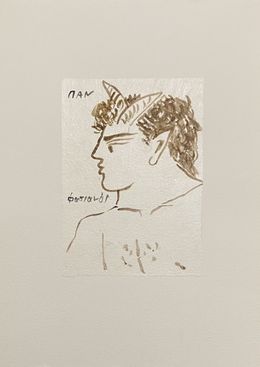
Alekos Fassianos
Fine Art Drawings - 26.5 x 19 x 0.05 cm Fine Art Drawings - 10.4 x 7.5 x 0 inch
Sold

